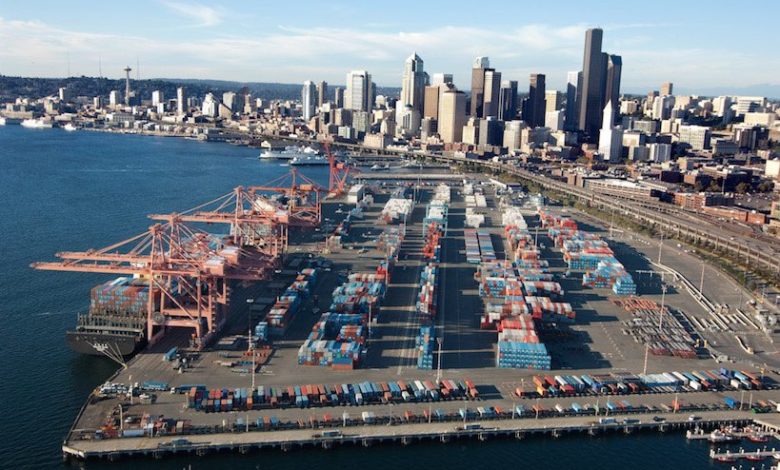Northwest ports in Canada, US commit to phase out maritime emissions by 2050

Four ports on the North American west coast – the Port of Vancouver in Canada, and the Ports of Seattle and Tacoma, along with the combined container operations of The Northwest Seaport Alliance, all in Washington state – have jointly committed to phase out emissions from seaport-related activities by 2050.
The ports first joined forces in 2008 in the development of the Northwest Ports Clean Air Strategy, a collaborative effort to reduce air and greenhouse gas (GHG) emissions from shipping and port operations in the shared Georgia Basin-Puget Sound airshed. After collectively meeting their 2020 goals related to the reduction of the air-quality impacts of diesel particulate matter and greenhouse gas (GHG) emissions by the end of 2016, the group set out to renew the strategy.
The Northwest Ports Clean Air Strategy 2020 establishes new long-term goals, which the group aims to meet through changes in equipment, fuels and infrastructure.
Engagement with industry, government and local communities helped to shape the new objectives of the strategy. It covers six sectors of port activity: oceangoing vessels, cargo-handling equipment, trucks, harbour vessels, rail, and port administration and tenant facilities.
To reach their shared objectives, the ports will undertake both collaborative and port-specific actions. Port-specific implementation plans will enable the ports to identify, prioritise and focus resources on actions in a way that is strategic and relevant to their business and policy contexts and the regions where they operate, while still maintaining the long-standing collaborative effort.
This joint initiative comes as recent data indicates that GHG emissions from international shipping are increasing. According to the International Maritime Organization, GHG emissions from shipping increased 10% between 2012 and 2018 and are projected to increase by another 50% by 2050 if no additional actions are taken.
The Strategy provides a model for how competing ports can work together toward achieving increasingly critical environmental goals.
